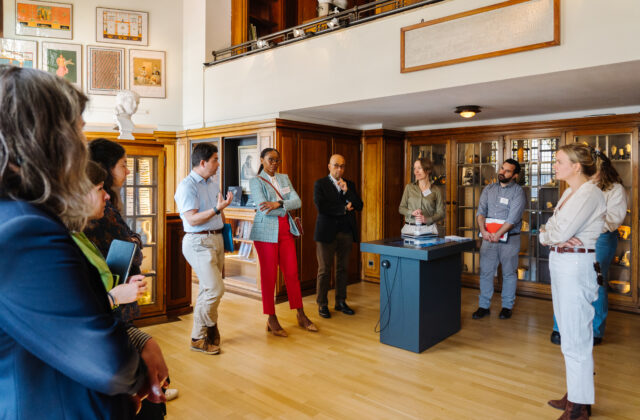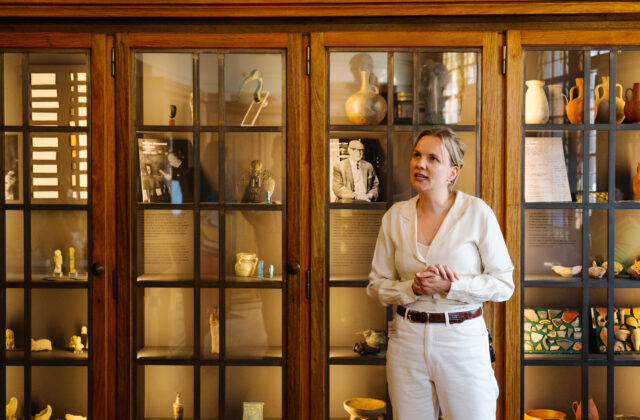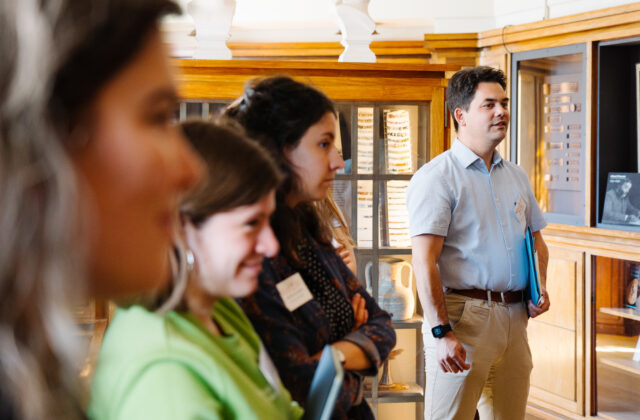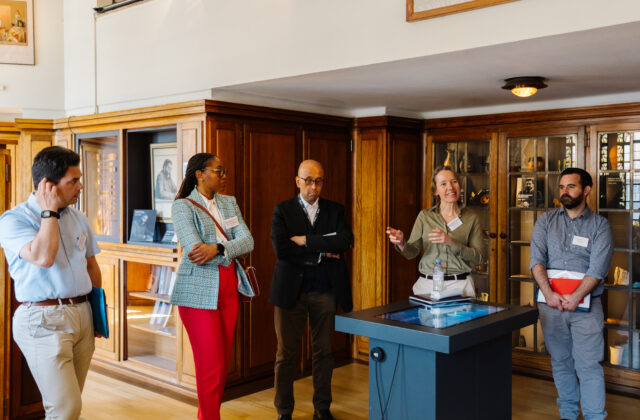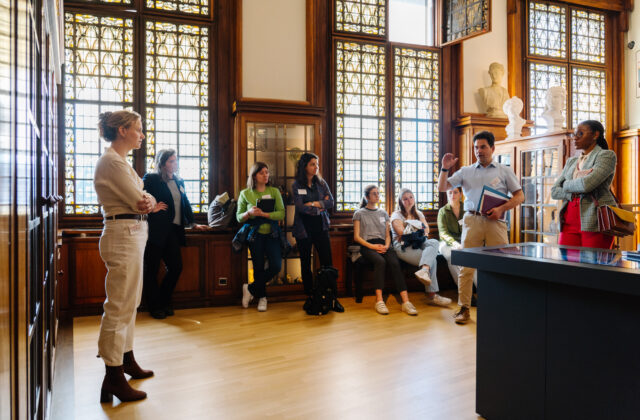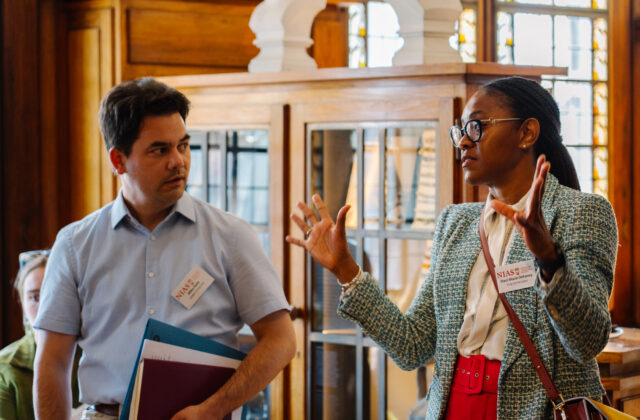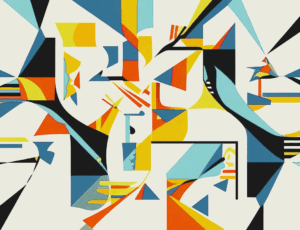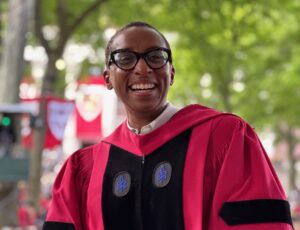A look back at the workshop
Here is what Annette van der Kruijf, Interdisciplinary Social Sciences Student, UvA had to say about her experience of this workshop:
“Growing up in the Netherlands, the colonial past was kept from me. During history classes in high school, it was barely discussed, as was the slavery trade. During my studies the horrific past of the Netherlands has become apparent to me. The workshop I attended taught me about how much the colonial past has impacted archaeological collections owned by my university (Universiteit van Amsterdam) and how Indonesia, specifically Jakarta (Batavia) was impacted by Dutch imperialism.
The workshop started at the front of the Allard Pierson. Miko Flohr, together with Laurien de Gelder, explained the history of the building. They informed us that it was formerly the Dutch Bank. ‘The building is dark and gloomy’: one of the participants noted. Laurien added that the building was designed to keep people out, which is unfortunate for a museum. Miko and Laurien further discussed the problematic history of the building, being rooted in colonialism. The money used to build the Dutch Bank came from the Dutch slave trade. The design was meant to represent wealth, also known as ‘classical culture’. But this was all a facade, considering that the building is not even halve as deep as it is wide. During this part of the workshop I kept thinking: “I have walked passed this building at least a hundred times and I only now know its past”.
Inside the Allard Pierson we were led into a small room with large windows. There we found an archaeological collection of objects. Laurien introduced us to some smaller artifacts that were retrieved by white, rich men from foreign countries. She spoke about how these men were not allowed to take these artifacts, but they were still able to do so because of their privilege. We discussed what it means to take something that isn’t from your own culture and what appropriating these artifacts meant. Something that stuck with me is that the things that western people call “classical” could also be a synonym for “colonial”. Because the things we see as classical objects or artifacts, were taken from countries that did not consent to this, which is colonialism.
During the final part of the workshop Miko invited us into a small lecture room. He spoke about decentralizing colonialism. Which, as I understood it, meant that the emphasis around colonialism is changing. Jakarta (Indonesia), formerly known as Batavia is a place with a rather prominent colonial background. It was taken by the Dutch whom build a city there and they were trying to keep out the indigenous population by fighting them. In current times the people of Indonesia are reclaiming their history. An engaging discussion arose between the participants when Miko spoke about a museum on Jakarta that was held in a colonial building. The point that stuck with me the most was: “how do you reclaim history in a colonial building”. We discussed this further but didn’t reach any consensus.
My own conclusion: colonialism is a complex subject which we do not need to agree on, however we do need to acknowledge it, no matter how uncomfortable it makes us.”
More about the workshop
During this workshop participants were be invited to take a journey from Amsterdam to Jakarta and back again. Beginning in the former Nederlandsche Bank HQ, we moved through the hallways and collections of Allard Pierson considering the history of the building, and the material and visual culture it contains. The trip eventually reached reached Batavia, albeit in the form of a presentation. During the workshop questions were brought to light such as ‘How can we understand the notion of Contested Classics when applied to the Netherlands and Indonesia?’ and ‘Which traces of this shared history can still be seen and felt today?’
Organisers
Miko Flohr is a lecturer in Ancient History studying the social and economic history of the Greco-Roman world, with a special interest in urban commerce and everyday work in Roman Italy, particularly in Pompeii, Ostia and Rome. Educated as a classicist, and with a Ph.D. in archaeology, he teaches on urban, social and political history of the Greco-Roman world from an interdisciplinary perspective, from the belief that the future of Ancient History lies in integrating textual and material sources.
Laurien de Gelder is curator for the archaeology of the Aegean World and Ancient Middle East at Allard Pierson.
About the NIAS Symposium 2022
Why, when and how does an object become contested? From street signs to monuments, from statues to spices – things and their meanings are under scrutiny. In recent years the racial and colonial dimensions of material culture have gained particular attention. Some traces have been around for years, others have a more recent history. Increasingly, people have become outspoken about the need to become aware of the different ways to consider not just the past, but also those objects that remind us of it. What happens if we look beyond museums and archives and also take into account other ‘things’ like architecture, monuments, food and interior design? During the NIAS Symposium we will collectively explore what insights we can gain by shedding light on the racial and colonial dimensions of our material culture.
